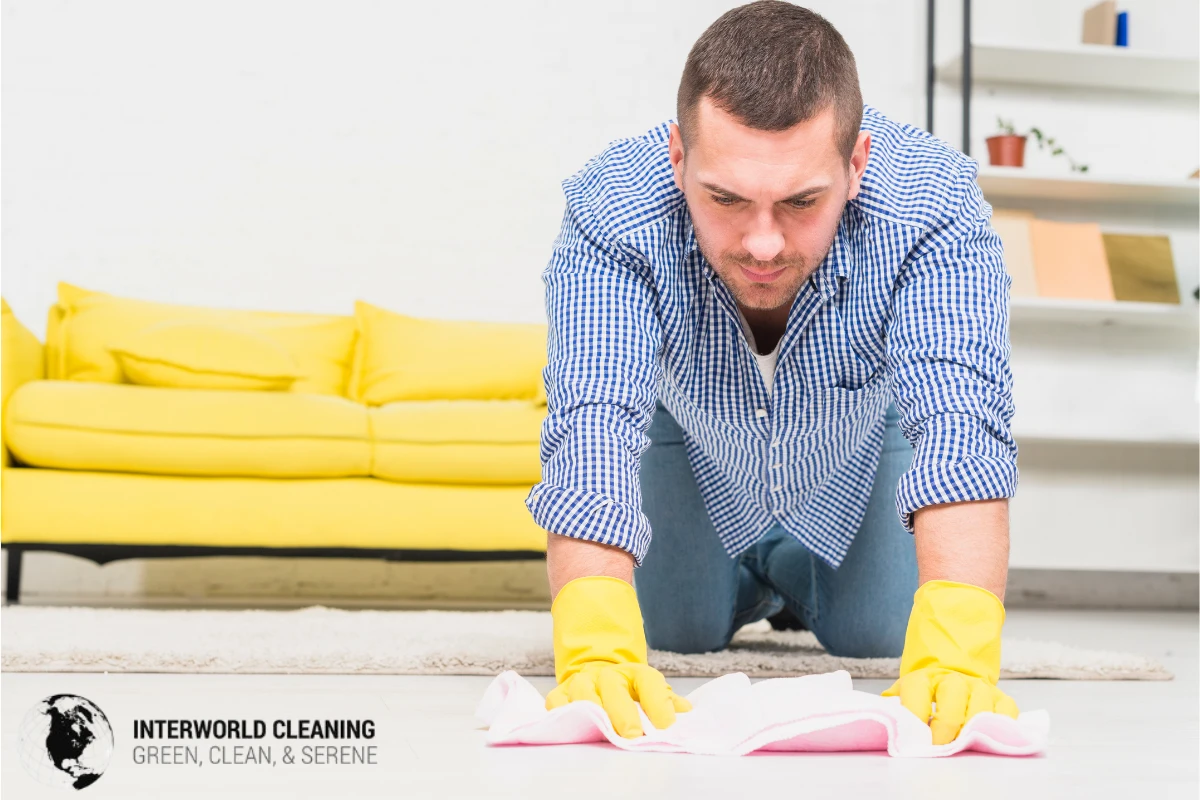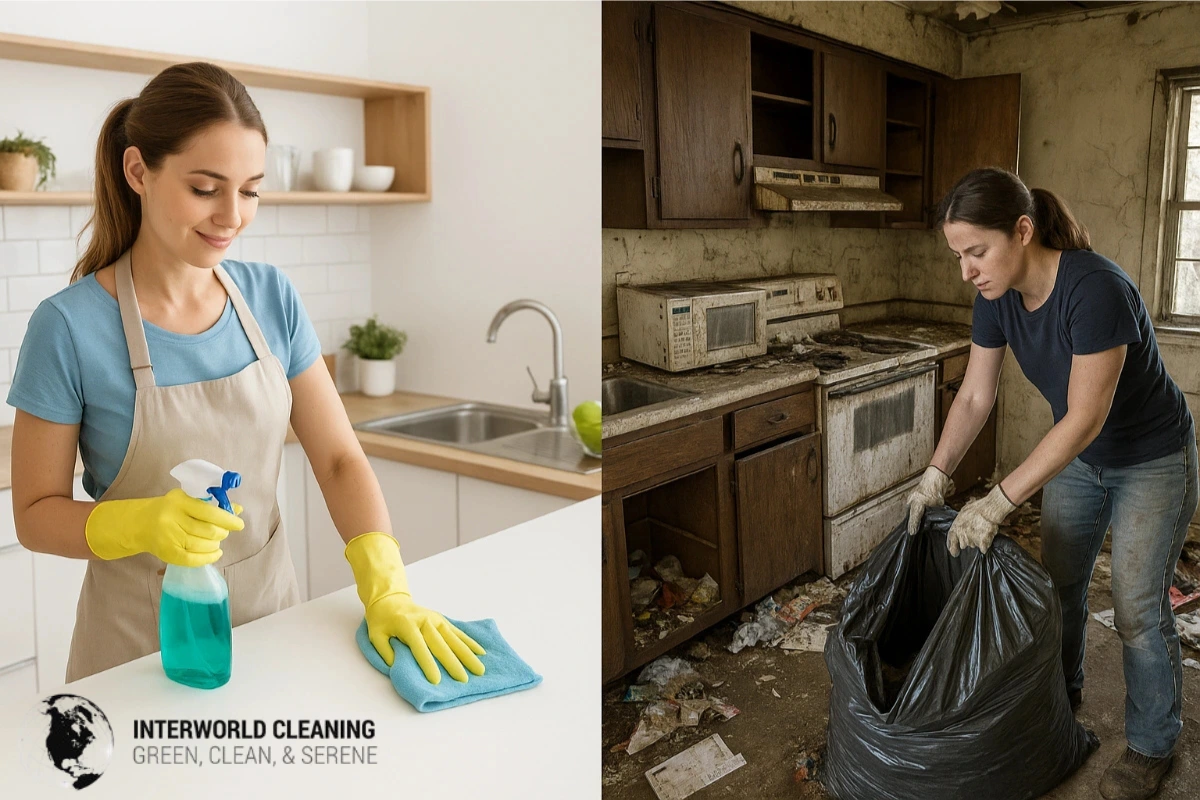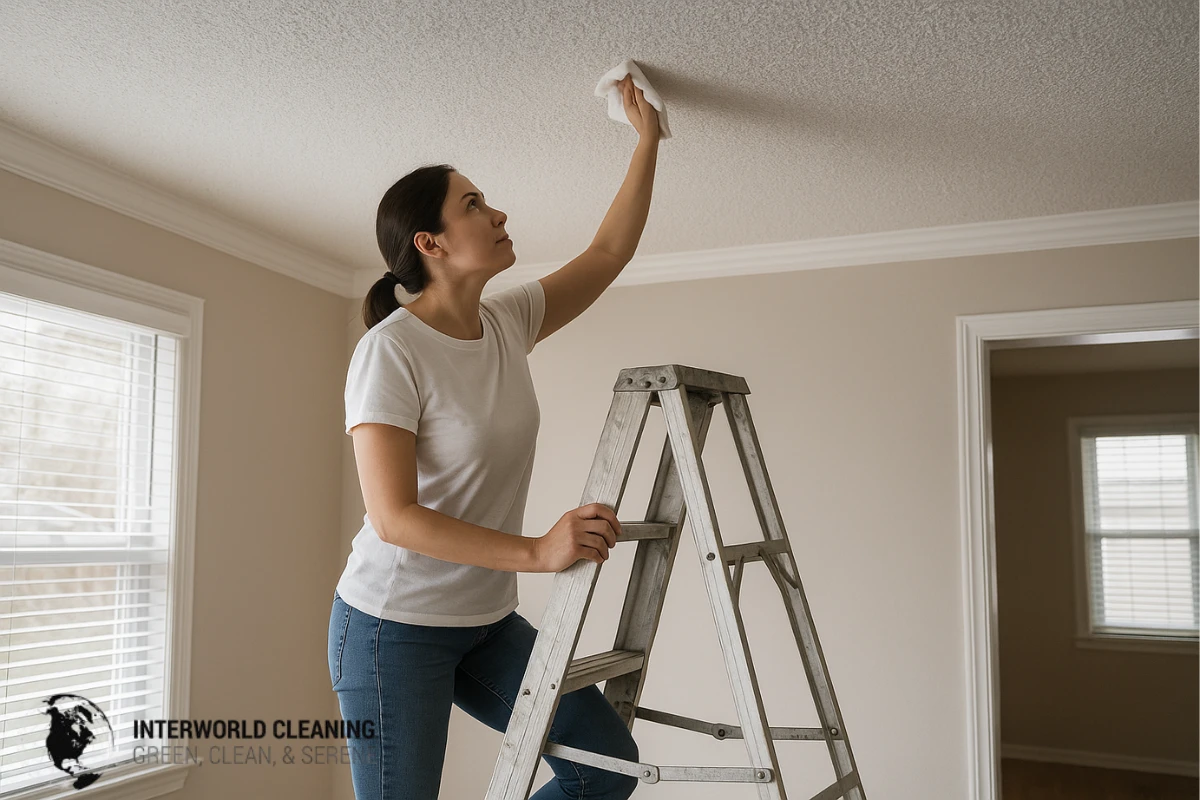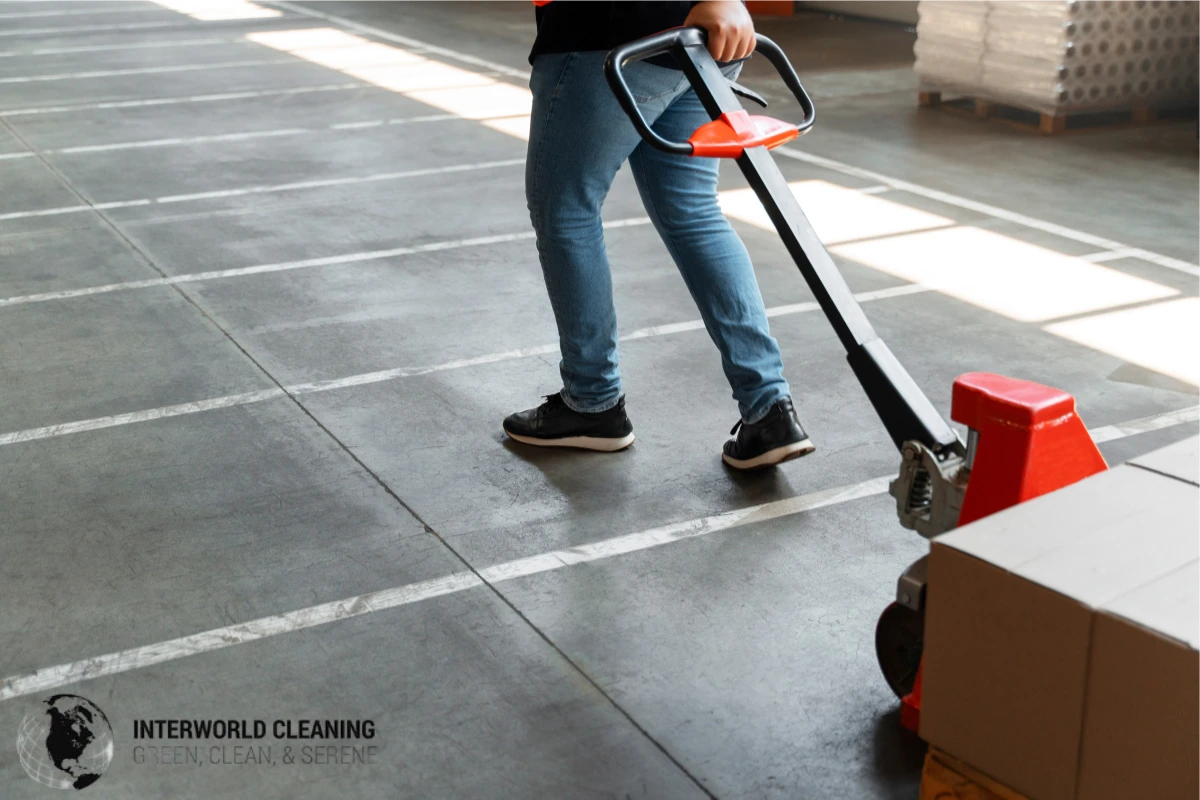
The joy comes from seeing the wonder and excitement in their eyes as they embark on a new school year in the fall, and in the winter – the holiday cheer lingers and has everyone in a happy place.
Now, the sadness creeps in because, with the new school year and the long break over the holidays, there is no doubt in my mind that my kids and the entire family will get some sort of illness from being exposed to all the other children and the various germs they will bring with them.
Some Scientific Facts about School Life
According to Dr. Gellnar at the University of Utah:
“Babies, toddlers, and preschoolers get about seven to eight colds a year. And during school age, they average five to six colds a year. Teenagers finally reach an adult level of four colds a year.”
Since entering this field, I have learned that on each walk-through I go on, a specific set of questions should be asked to ensure that I create the scope of work that is the most effective.
Schools are a breeding ground for germs and bacteria of all sorts, and we need to be precise in what we are cleaning and how often. Let’s take a look at what we look for and have our commercial cleaners address.
CDC notes, “Schools inherently foster the transmission of infections…because they are a group setting in which people are in close contact and share supplies and equipment.” Germs can transfer in an abundance of ways, and we need to be sure that we are sanitizing all areas that get touched.
According to ABC News, the objects in your children’s school have germ counts ranging from 2,000 to almost 15,000 depending on the location and use of said items.
This includes all light switches, door handles, and sinks as well. Any area that gets touched frequently and used often, areas on which we heavily concentrate. As we all know, bathrooms are a major area of use and need to be cleaned and sanitized several times throughout the day. Besides your daily cleaning and sanitizing duties of the most commonly used areas, a plan should be set for routine inspections of some of the less commonly used areas.

Air quality
Air quality is a major concern and should be addressed on a regular basis to help avoid any possible health concerns – ensuring that there is a properly working ventilation system in place will aid in this battle. While on these routine inspections, you should be looking for any equipment that is leaking or doesn’t seem to be working efficiently, as this may release fumes or irritants into the air.
Mold and Its Pores
Mold and its pores present a huge health concern and can cause major problems if breathed in and not removed properly. You should have a keen eye on any area that may look suspicious and act quickly. Making sure that the proper chemicals are on hand is a vital part of the process.
The Solution
Utilizing chemicals with neutral pH levels is key to avoiding releasing anything harmful into the air for the children to breathe. All of these precautions should be instilled in your cleaning crew and staff to avoid elevated absenteeism while bolstering morale amongst the staff. This will lead to higher levels of participation amongst the kids and will elevate your teacher’s job satisfaction.
Consult School Cleaning Professionals
Are you looking for commercial cleaning services in & near Baltimore, MD? Call us and hire our school cleaning service. Let one of our trained professionals come out and walk through your school and help to broaden your view of the problem areas you should be looking for!

References:
CDC 24/7: Saving Lives, Protecting People. ( 2015, September 22 ) Retrieved from
http://www.cdc.gov/DiseaseConditions/index.html
Should I be worried if my child gets sick too often? ( 2018, May 17 ) Retrieved from
http://healthcare.utah.edu/thescope/shows.
Schools can be a hotbed of Bacteria. ( 2006, October 3 ) Retrieved from
http://abcnews.go.com/GMA/oncall/story.




